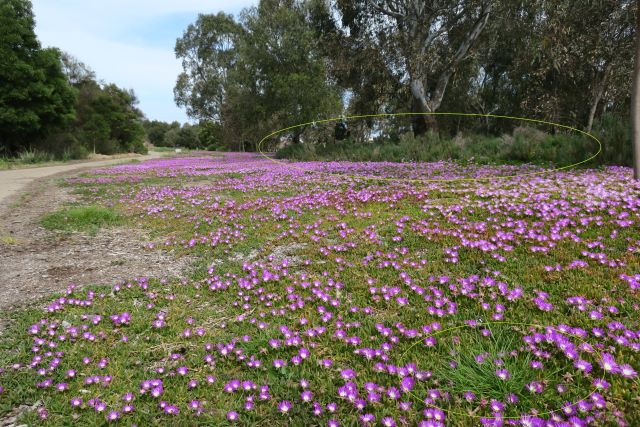
The complexity of weeds
“It’s looking so green!”
This expression is often used to suggest the health of a landscape. It’s likely that rich, green lushness is weeds.
Westgate Park was created from land that had been poorly treated since colonisation – from sand removal, to waste disposal, to construction site. In the early 1980s, the landscape struck the park’s designers as bleak, flat and featureless. To make a more interesting park, hills and mounds were created from demolition rubble from building sites around Melbourne. A thin veneer of top soil covered it all like icing on a cake. To finish off the park, colourful Australian native plants were introduced, mainly from Western Australia.
When Friends of Westgate Park started working in the Park, they determined to re-introduce plants that would once have been present, not just in the area that is now Westgate Park, but within 10 km of the CBD. Over many years, the Friends, supported by many corporate volunteers, spread layer upon layer of mulch on the surface to create some structure into which plants could take hold. The group was proud to claim that Westgate Park was virtually weed free.
Then came two years of intermittent lockdowns when volunteers were unable to work in the Park. And La Nina. The thick mulch started breaking down. The weed seed bed was awakened. Now parts of Westgate Park are overwhelmed with weeds.
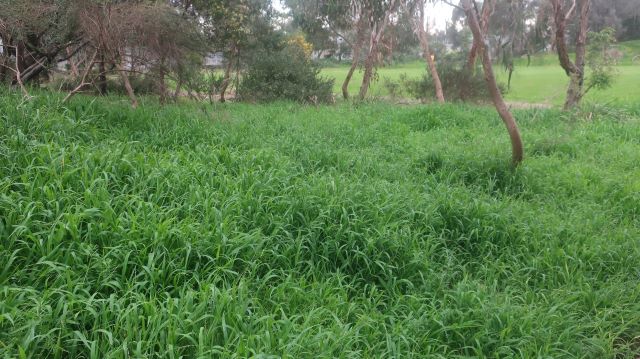
There is only one small area of Westgate Park thought to contain remnant vegetation. It is a patch of Shrubby glasswort, Tecticornia arbuscula, surrounded by a carpet of Rounded noon-flower Disphyma crassifolium. A few years ago, a work vehicle drove through the Disphyma and in the wheel ruts, weeds flourish. The Disphyma is now almost overtaken by annual grasses and the Shrubby glasswort is being strangled by the vigorous weeds.
We have set about weeding this patch for an hour or two every week. The task is daunting. Our original intention was to have the site weed free in time for the Disphyma’s flowering period in October and November. It now looks more likely that the task will take several years of one or two hours a week, and then require regular maintenance weeding. We believe this effort is worthwhile because of the possibility that this is indeed remnant vegetation. Some have said that the Shrubby glassworts could be a hundred years old.
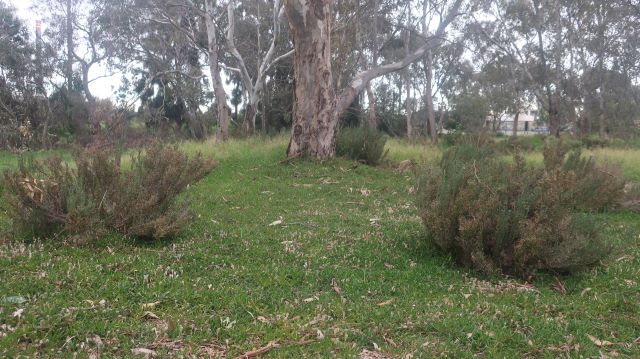
In 2018, In response to community concern, the Port Phillip Council stopped using Glyphosate to manage weeds. Instead they used steam and Glufosinate (Basta) as well as hand weeding. To generate the steam required diesel. While hand weeding was immediately effective, it didn’t address the seedbank. Furthermore, hand weeding had OH&S implications. And it was expensive.
The period following Council’s decision coincided with lockdowns and La Nina, and complaints about weeds increased.
Council received 562 weed complaints from July 2022 to June 2023. Spending on weed treatment increased from $98,000 in 2018 to $380,000 in 2023. The approach adopted in 2018 was found to be both ineffective and expensive.
The Council decided to review their position.
On 5 July 2023, after extensive investigation and reviewing the practices of other Councils, Port Phillip Council decided to resume using Glyphosate in low risk settings. As a precautionary measure, Glyphosate will not be used in childcare centres or playgrounds1. Or near waterways. (But since every kerb and channel is part of the stormwater system, that is not clear).
The report concluded that Glyphosate “will offer the most cost-efficient way to manage weeds in our community and help to make sure our neighbourhoods look tidy and well-kept. (emphasis mine).
Abbotsford Riverbanker Anna Ridgway and her team respect and acknowledge the vital role that weeds play in holding the highly degraded Yarra river bank together. Without their holding power, the steep and fragile river bank would slump and collapse. They carefully whipper snip the weeds like a grassy lawn, and carefully introduce locally indigenous plants among clearings in the weeds. They monitor their ‘zone’ week in and week out. Anna lives nearby. She brings an intimate, sensitive and day to day care for, and observation of, the riverbank zone at Johnston St in all weathers and seasons. She recognises that ‘forever care’ will be needed to maintain and extend the rehabilitation of this delicate site.
Landscape architects and scholars are thinking about weeds differently.
As Michael David Cook puts it: ‘if landscape is history made visible,’ the loudest and most uncomfortable visuals in Australia’s urban and rural landscapes are all too often the weeds, a living archive of the compressed 250 years of invasion and ecological devastation that followed 1770.2
What can we learn from those hardy pioneer plants that can take hold in the crack in a footpath, that can thrive on a baking hot concrete traffic island?
Take the Flax-leaf Fleabane Erigeron bonariensis for example. Originally from South America, Flax-leaf Fleabane is now found all over the world. It has been present in Victoria since the early days of colonisation with a specimen lodged with the Royal Botanic Gardens in Victoria in the 1840s2. A mature plant can produce up to 120,000 seeds which are dispersed by the wind. It is resistant to Glyphosate in agricultural settings. Red-rumped parrots have been observed grazing on Fleabane in the Yalukit Willam Nature Reserve and well meaning weeders have been urged not to remove it for that reason.
Pioneer plants take up contaminants and can be valuable in the bio-remediation of contaminated sites. The vigour of weeds and their ability to grow in even the toughest, hottest conditions is instructive as the climate warms.
Hand weeding – without creating even further soil disturbance – works in the realm of the home or neighbourhood gardener or the dedicated Landcare group. It is not possible at larger scales.
These thinkers encourage us to avoid taking a moral stance on weeds – good vs bad, exotic vs native. Michael David Cook suggests interacting with weeds with curiosity, wondering how they got here, who or what brought them here and what enables them to endure.
More
1 City of Port Phillip Managing weeds in our open and urban spaces
2 Michael David Cook About this project/Weeds of Melbourne. Also @weedsofmelbourne on instagram
Janet Bolitho is a committee member of Westgate Biodiversity: Bili Nursery and Landcare


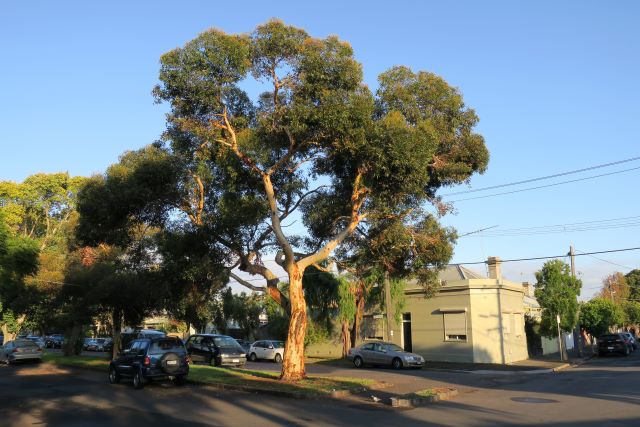
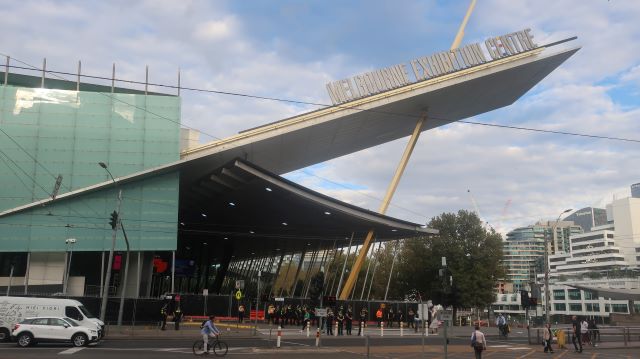
Linda
Hi Janet, perhaps there can be wider promotion of 'weeding days' at Westgate Park in the community so this critical job is shared between those who benefit from the park?